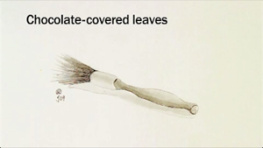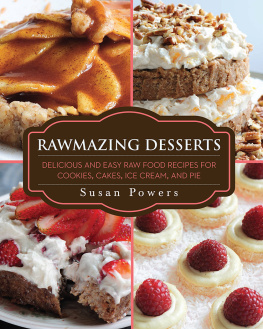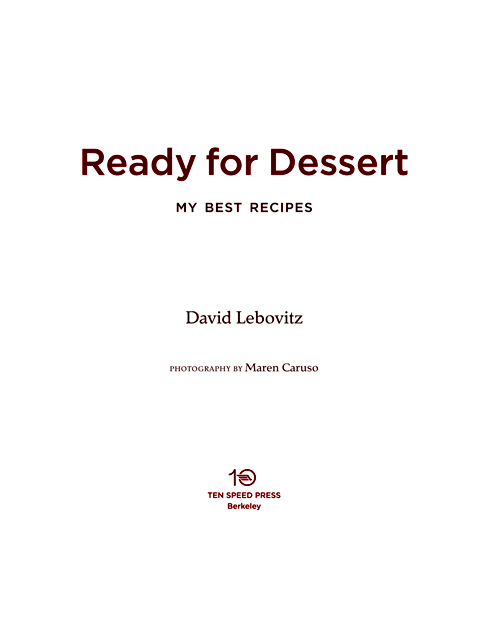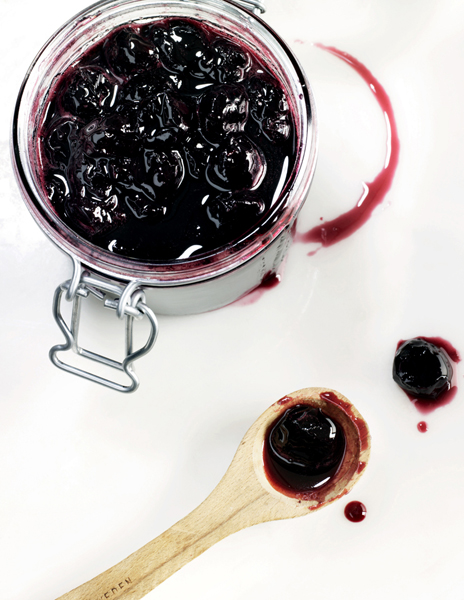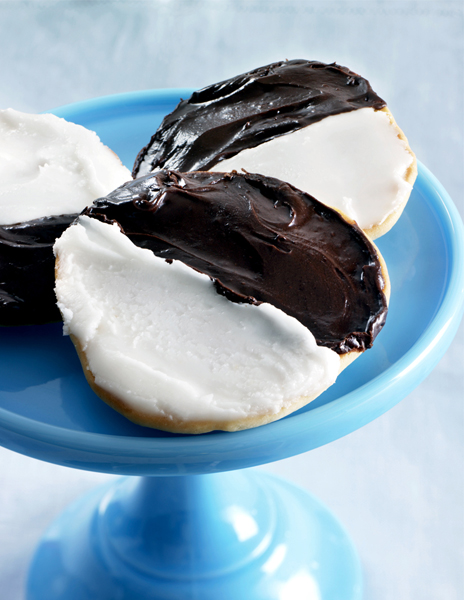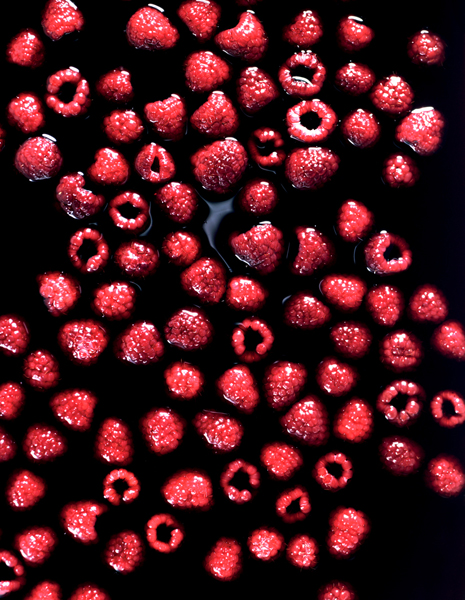Introduction
Each year, hundreds of cookbooks are released, which means that inevitably, many must go to make room for the new. But I was always surprised, and delighted, to hear from so many people that mine were the ones in their collection that they used the most.
When I began writing cookbooks over a decade ago, someone told me, If a book has one great recipe in it, then its a good book. So while I considered calling this book Davids Greatest Hits, that idea was (wisely) nixed by the powers that be. But, from all the positive feedback my cookbooks have received, I dont know if that title wouldve been all that far off. Over the years, Ive heard again and again from enthusiastic home bakers that many of the recipes from my first two books were their all-time favorites.
Room for Dessert was released in 1999. I hadnt written a book before, but was thrilled when the New York Times singled it out for praise in a very crowded field of cookbooks. It was also lauded by colleagues such as food writer Arthur Schwartz, who complimented the book as deceptively slim, meaning it packed an expansive variety of desserts in a very approachable, and not at all daunting, format.
My second book, Ripe for Dessert, continued that philosophy with an emphasis on baking with fruit. Im very keen on incorporating fruits and berries into my desserts and know that many people share my affection for fruit desserts. The book came out in 2003 just as Americans were rediscovering the rewards of using regional ingredients. At the same time, there was a rising national awareness about healthy eating. Although it was certainly not a diet book, fruits played a central role in all of the desserts, rather than just an ornamental one, and the recipes let home bakers put to delicious use the new abundance of fruit available in farmers markets and at their local grocers. Shopping baskets overflowed with long-forgotten varieties of heirloom apples, unusual and exotic tropical fruits, deep-red cherries, and soft, tangy raspberries, all of which simply begged to be used during their all-too-brief seasons. I also included recipes starring some of the more elusive fruitssuch as quince, figs, and persimmonswhich were slowly becoming more familiar as they made their way from upscale farmers markets into mainstream grocery stores.
And it wasnt just home bakers who were using my books. I got a great thrill out of spying a flour-dusted copy of one of my books on a shelf in a restaurant or bakery kitchen. It was tremendously gratifying to know that the recipes met the demanding standards of professionals.

After a long run, both Room for Dessert and Ripe for Dessert went out of print. In the meantime, through my website and blog, www.davidlebovitz.com, I was able to introduce my recipes to a whole new audience and to those who were disappointed that my books were no longer available. Needless to say, when I was offered the chance to update the recipes and present them in this all-new edition, I jumped at the opportunity to do so.
Like so many other things, techniques, tastes, and even the availability of ingredients change over time. At first, I thought Id just revisit a few recipes and make some minor changes. But as I flipped through the pages, invariably Id land on a recipe and say, Hmm, I wonder what that would be like if I reduced the sugar, and melted the butter instead of creamed it? Or, What about sharing those cookies I made last Christmas that everyone loved? Off to the kitchen I would go to try out these new ideas.
So just about every recipe has been revised in some wayingredients were added or swapped out with another or techniques have been changed. Plus, I couldnt resist including a dozen new recipes, ones that have become favorites of mine, which I hope will become favorites of yours as well.

As a baker, my strongest influence was Lindsey Shere, the founding pastry chef at Chez Panisse, whose ideas prompted some of my favorite desserts in this book, including which she kindly allowed me to share. Some of these recipes were from our repertoire at Chez Panisse, and like many good recipes, theyre the result of a variety of influences, an appreciation for delicious desserts, and years of kitchen experience.
I was fortunate to work with the same people for nearly thirteen years, and I learned almost everything I know from working with them, most notably Mary Jo Thoresen, Lisa Saltzman, Shari Saunders, Diane Wegner, and Linda Zagula. Every day was a collaborationthere was no finer dessert think tank than the pastry team at Chez Panisse.
At Chez Panisse, some of the worlds best cooks were welcomed into the kitchen to collaborate with us, including Bruce Cost, Marion Cunningham, Niloufer Ichapouria King, Richard Olney, Jacques Ppin, and Shirley Sarvis, as well as our own chefs, David Tanis, Catherine Brandel, Paul Bertolli, Jean-Pierre Moule, Peggy Smith, Gilbert Pilgram, and, of course, Alice Waters, who wrote the introduction to my original book.



